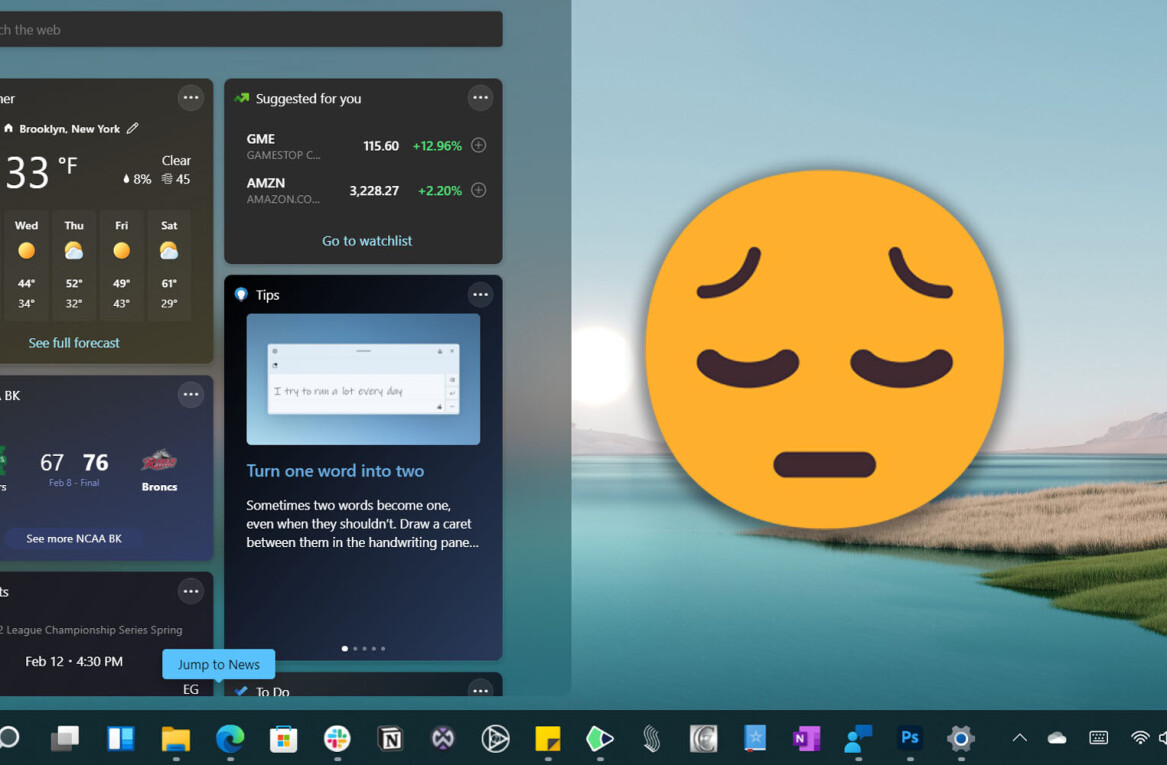
With new information extracted from Windows 8 in hand, it appears that Microsoft was being more than honest when it called its next operating system a risky product bet.
Two reports, one from ITWorld, and the other from ZDNet outline Windows 8’s virtualization features, and if what they are saying bears out in the future, the coming operating system from Microsoft might be like no other before it.
Virtualization, just for reference, in the operating system sense is the capability to run several ‘images’ of the OS at once, on a single piece of hardware. Each image is called an instance.
Let’s start with the inclusion of Hyper-V 3.0 in Windows 8. It will be the first time this specific virtualization technology has been included in a normal version of Windows, in other words a non-server build. This matters as it creates the potential for virtualization on a scale that is unprecedented for Windows.
But even better is the explosion of MinWin in Windows 8. MinWin is the core kernel and operating system components of Windows, in other words the most stripped down version of Windows possible. It showed up in Windows 7, and began with Vista, but in Windows 8 appears set to take on a much larger role.
Now, with the two together, greatly expanded and powerful virtualization with Hyper-V and access to MinWin, Windows 8 (at least some of its builds, probably the enterprise editions) would have the ability to create a host of virtualized instances of Windows, allowing individual applications to have their own instance.
ZDNet recalled the following Microsoft quote from 2009 that very well explains what the company is up to:
“The goal with MinWin, when it comes with Windows 8 if everything goes well, it is to completely disconnect these features that is to ensure that potentially they are not present at all. At this time, this will allow to have, for the desktop, the equivalent of a Windows Server Core… in the case of Hyper-V V3 on the workstation is the smallest possible, both in terms of potential attack surface in terms of memory footprint and rack space disk.”
This, it seems, spells the end of XP mode.
This is an unfolding story, but as new builds of Windows 8 leak, and more details break from the depths, it seems that Microsoft is not simply reinventing the look of Windows, but also its core underpinnings. Sound off in the comments, would this level of virtualization excite you?
Get the TNW newsletter
Get the most important tech news in your inbox each week.





